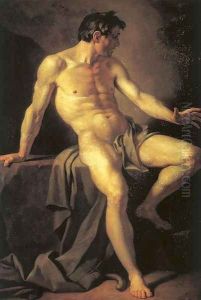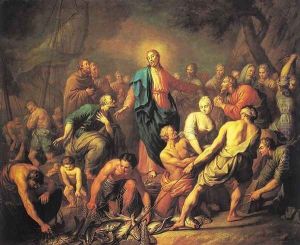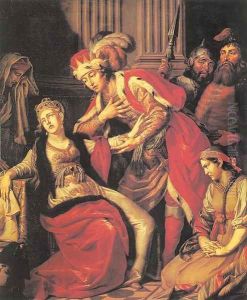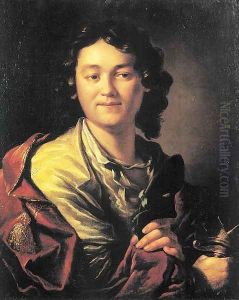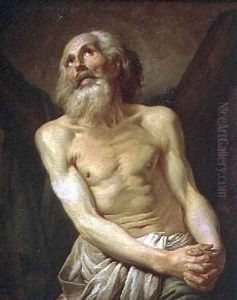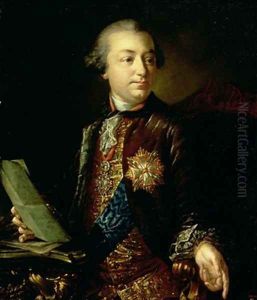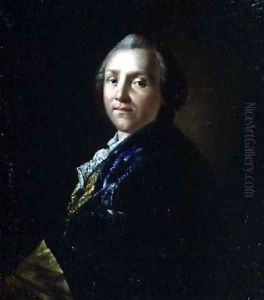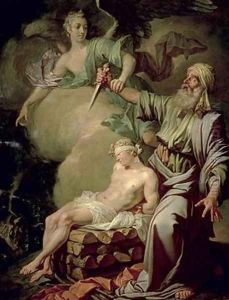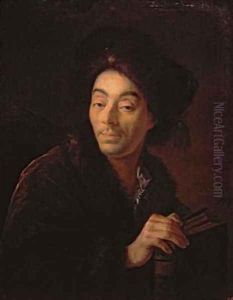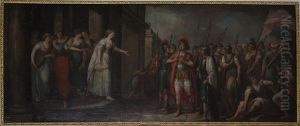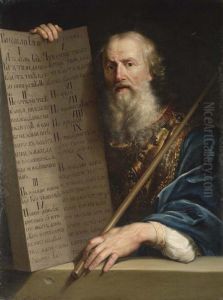Anton Losenko Paintings
Anton Pavlovich Losenko was a prominent Russian painter and a significant figure in the development of Russian art in the 18th century. Born on August 10, 1737, in Hlukhiv, then part of the Russian Empire (now Ukraine), Losenko showed an early aptitude for art which led to his formal education in the field. His talent was recognized early on, and he was admitted to the Imperial Academy of Arts in Saint Petersburg, where he honed his skills and was heavily influenced by the classical art traditions of the West.
Losenko’s education continued abroad, which was a common practice for talented artists from Russia at the time. With the support of the Russian Imperial Court, he moved to Paris to study under the guidance of leading French artists. This period was crucial for Losenko as he was exposed to the works of the Old Masters and the principles of Neoclassicism, which significantly influenced his style and approach to art.
Upon returning to Russia, Losenko became an influential figure in the Russian art scene. He was appointed a professor at the Imperial Academy of Arts, where he played a key role in shaping the curriculum and training the next generation of Russian artists. His approach to teaching and his art emphasized the importance of classical antiquity and the study of anatomy, which were relatively new concepts in Russian art at the time.
Losenko is best known for his historical paintings and his contributions to the development of portraiture in Russia. His works often depicted scenes from Russian history and mythology, aiming to instill a sense of national pride and identity through art. Among his most famous works are 'Vladimir and Rogneda' (1770) and 'The Death of Oedipus' (1769), which exemplify his mastery of form, composition, and emotional depth.
Despite his significant contributions and the recognition he received during his lifetime, Losenko's career was relatively short. He died on December 4, 1773, in Saint Petersburg, at the age of 36. His legacy, however, has lived on, and he is remembered as a pioneer who played a pivotal role in the transition of Russian art towards Neoclassicism and in laying the groundwork for future generations of Russian artists.
